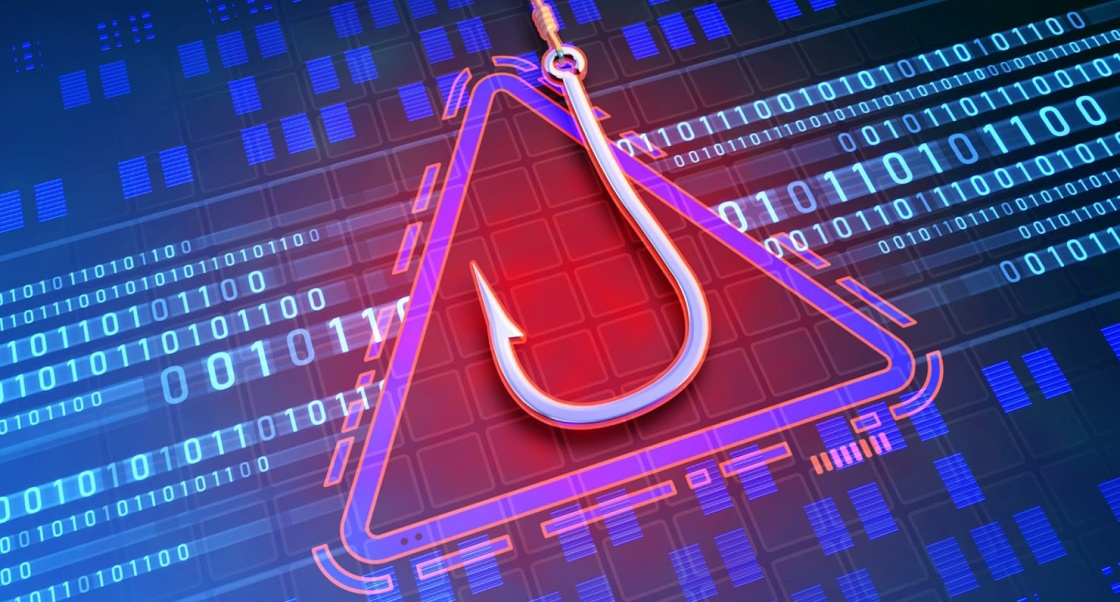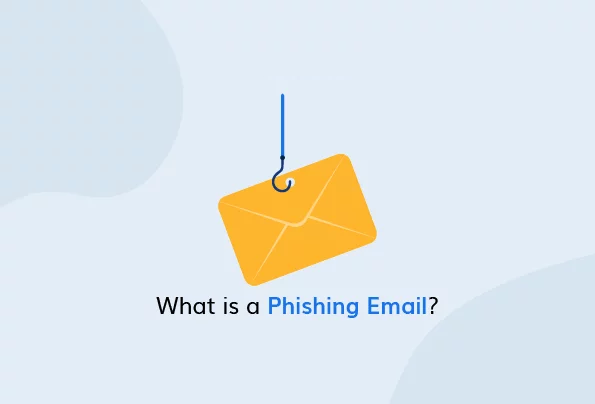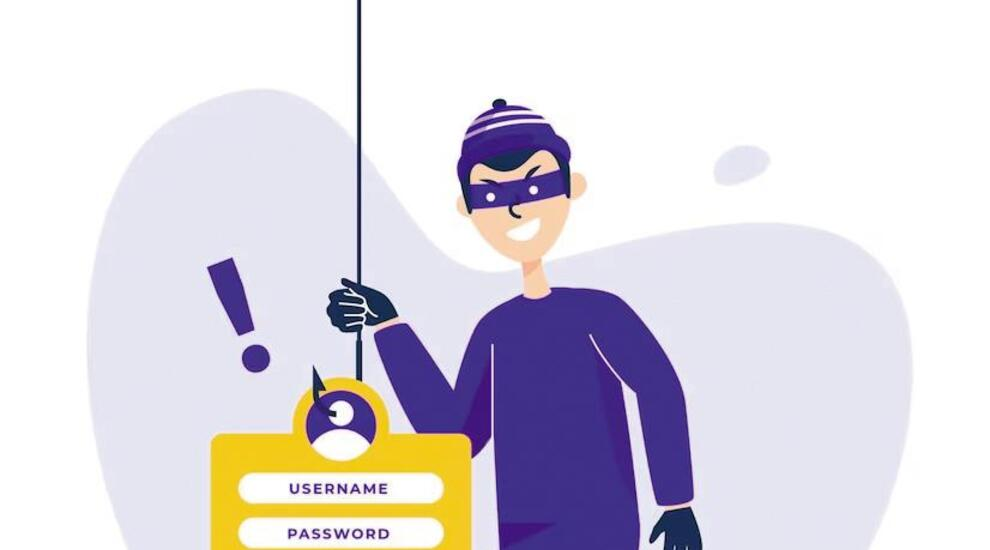Scammers on the internet send emails containing enticing offers and a link redirecting to a site, which is a common occurrence on the internet.
Phishing Messages
Phishing messages are malicious mailings containing information about the site you need to visit. Such messages are used by scammers to lure victims to sites to obtain personal data for further fraud.
Phishing attacks include messages, often or daily, that cannot be eliminated immediately. Such attacks are conducted to bait the victim into clicking the link. Usually, these links have catchy names or super lucrative offers that users easily fall for.
Phishing via Emails
When registering, programs request an email address where promotional offers, advertisements, and, if necessary, receipts will be sent. With this information, scammers easily discover users' email addresses and conduct phishing through emails. They send information describing:
- profitable promotional offers;
- lottery winnings;
- tempting profit methods;
- courses teaching quick enrichment.

How to Recognize Phishing Messages
Recognizing phishing messages is quite simple - it's intrusive aggressive advertising that constantly appears:
- on search sites,
- in emails,
- social networks,
- messengers.
The main goal of such links is to lure the user and extract personal information for fraudulent actions, such as:
- theft of personal data;
- finances on bank cards;
- coercing the purchase of unnecessary goods at an enticing price.
It's enough to make a request on a search site, and immediately there will be a wealth of information about the product. There's no guarantee that all offers will be legitimate and located on official company sites.

Often scammers clone sites of well-known brands by changing just one character or letter in the link, which at a glance is hard to notice, thus falling for the scammer's trap.
Protection from Fraudulent Emails
The best protection against receiving fraudulent emails is to install additional protection for the email box. In the settings, spam filtering should be set up. The program processes incoming information and, identifying signs of phishing, independently sends suspicious emails to the spam folder. The user only needs to clear this folder without even reacting to the sent information.
Most fraudulent emails carry malicious information, and by clicking the link, you can infect your computer with a virus. To prevent this, you should use licensed antivirus programs. This way, you can receive a notification about a virus, which the program will suggest removing.
How Not to Fall for Phishing
When opening an email from an unknown user, you should pay attention to such points:
- suspicious address with hidden parameters;
- presence of errors, typos, which large well-known companies avoid;
- links to sites, files, or other documents are found in emails;
- the email itself offers enticing promotions, giveaways, which need to be used immediately as their time is limited;
- the link requires confirmation by entering an address or personal information;
- poor quality graphics and unofficial communication with clients.
These are small signs indicating that the communication channel is infected with fake messages. In such cases, it is recommended to ignore suspicious emails and not to click on links attached to them on websites or applications.

Signs of a Phishing Email
The main sign of a phishing email is its aggressiveness and persistence. Such emails come with constant regularity, filling the mailbox with a large amount of fake information. Protecting against such attacks can be done by filtering emails into the spam folder or deleting them. If you don't react to such emails, their number will decrease over time, and soon the mailing will stop, as the scammer realizes that achieving the desired outcome is not possible, and stops the attack on the user.
When checking a received link, you should pay attention to its name, which may mimic a well-known brand. But upon closer inspection:
- you can see that one letter or symbol is changed;
- check the registration of the domain and its creation date;
- examining the site's content will help determine if the site is well-made. If there are poor quality images, errors, and omissions, then it's likely a fake.
Scammers and Fake Emails
Scammers, by sending fake emails, hunt for users who will easily respond to enticing offers about promotions, cryptocurrency trades, participation in training where quick earnings are taught everywhere requiring investment for high returns.

Although most people are aware of these schemes, scammers manage to lure a victim into fraud, allowing their business to profit from the naivety or carelessness of people and their desire for quick wealth.
 >
>